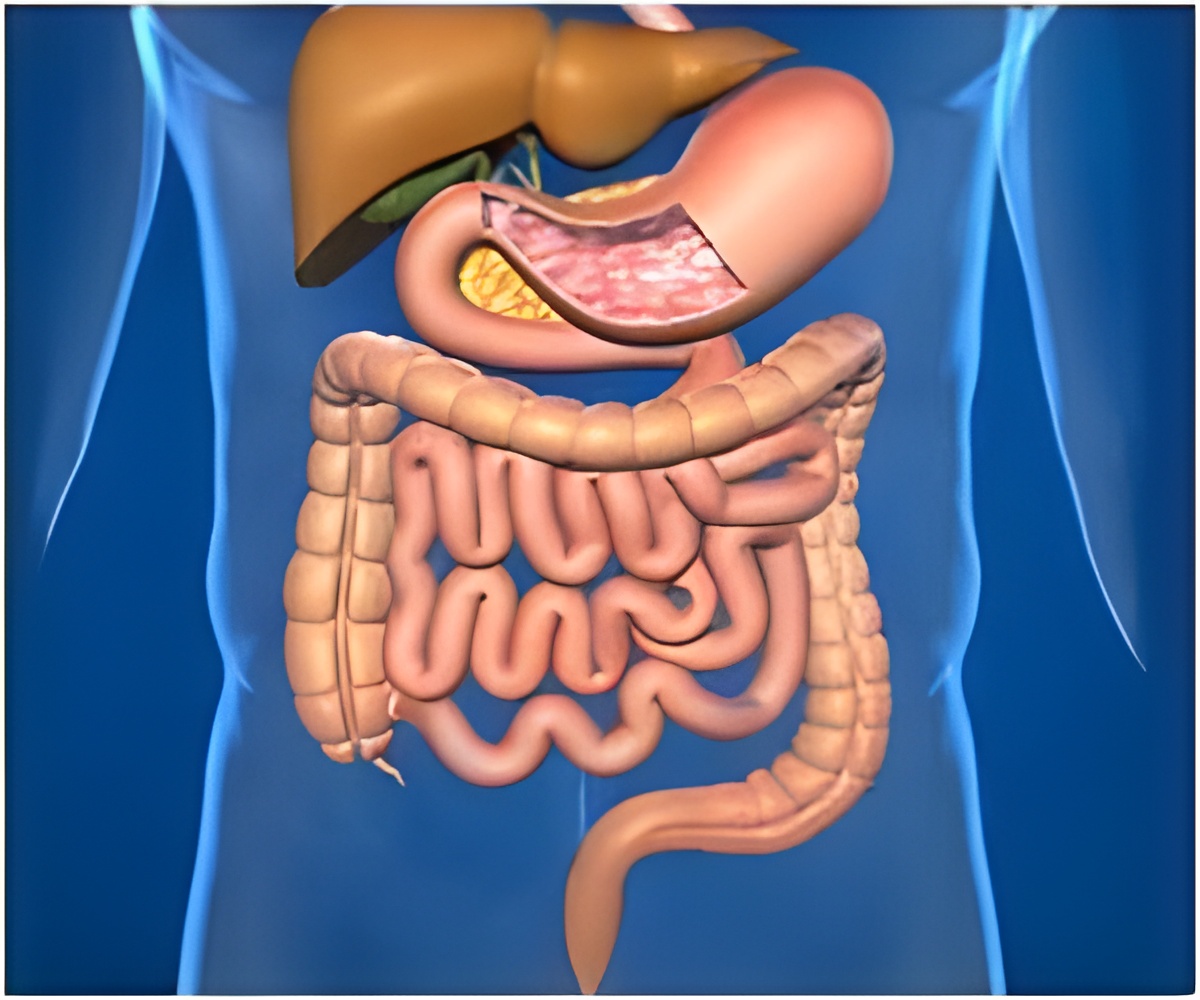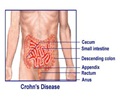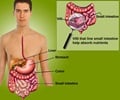
"These therapies are potent, costly and carry risk," says Ryan Stidham, M.D., clinical lecturer in the Department of Internal Medicine. "And for patients with fibrosis, such treatment might be for naught."
Inflamed intestinal tissue is softer than fibrotic tissue, which is hard and thick. The new method uses ultrasound to measure the relative hardness and thickness of tissue inside the body, potentially allowing doctors to differentiate between the two conditions without performing surgery. In animal models, UEI was able to accurately tell the difference between inflamed tissue and scar tissue.
"The goal of this study is to have technology that can make the distinction between fibrosis and inflammation," says Stidham, the lead author of the study. "We want to know if it's worth it to push medical therapy, or if a person is destined for surgery."
The researchers also found that UEI was capable of differentiating between fibrotic and unaffected intestine in a pilot human study. Patients already scheduled for surgical treatment underwent UEI assessment prior to surgery, and fibrotic strictures were identified in each case.
Stidham says the next step in the group's research is a long-term human clinical trial, beginning this winter. If UEI is able to accurately assess a patient's condition, doctors will be able to more efficiently treat Crohn's disease patients suffering from inflammation or fibrosis.
Advertisement
Source-Eurekalert









